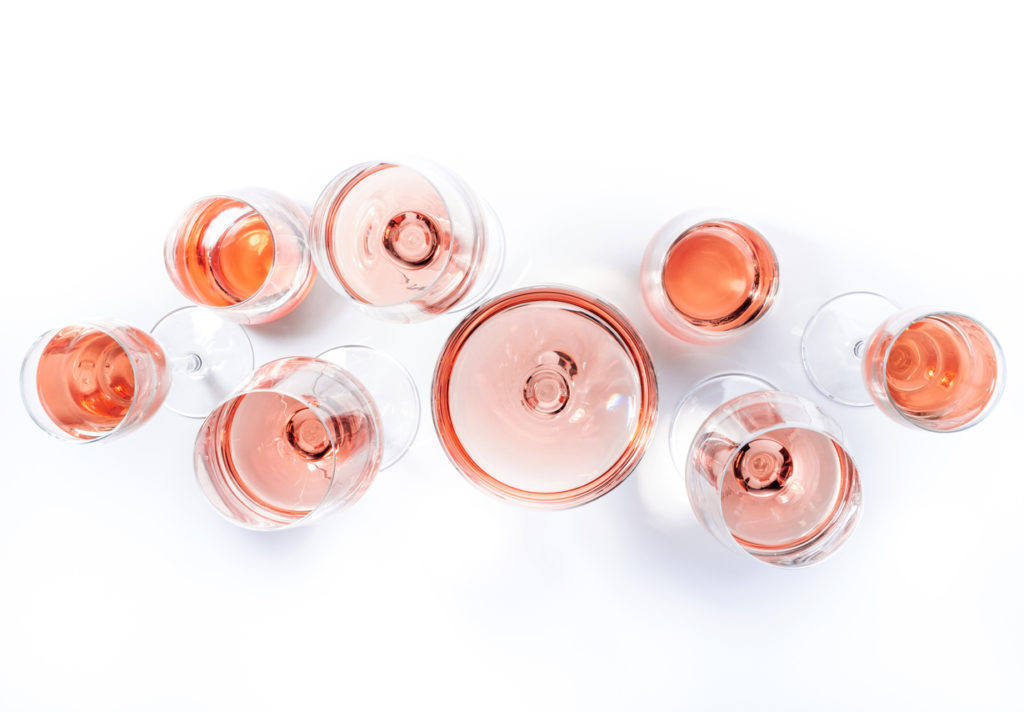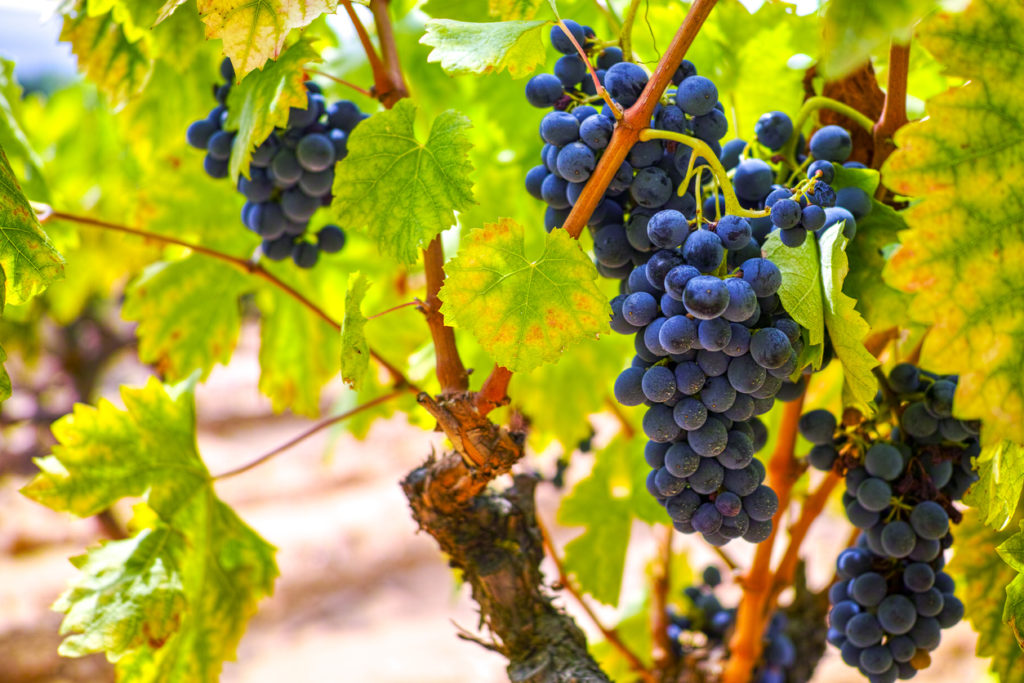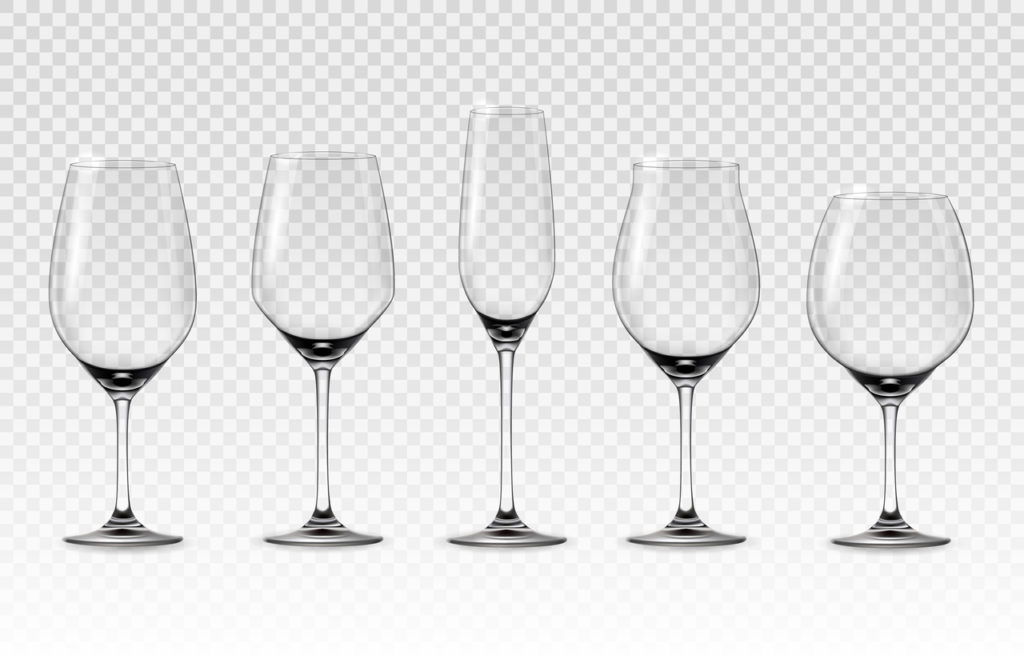Picture this: you’re at a cozy dinner with friends, the table adorned with delectable dishes and bottles of wine. As you reach for a glass of White Zinfandel, your mind starts to wonder – how many calories am I about to consume? It’s a question that plagues the minds of health-conscious individuals who still want to indulge in the occasional glass of wine.
In this article, we will dive deep into the world of White Zinfandel and uncover its caloric secrets, enlightening you on just how many calories hide within that elegant glass. Prepare yourself for an eye-opening journey that will forever change the way you savor your favorite varietal.

Explaining White Zinfandel: A unique wine
White Zinfandel, a wine often misunderstood and overlooked by wine enthusiasts, has earned its place in the world of wine. Contrary to popular belief, White Zinfandel is not a white grape variety; instead, it is made from red Zinfandel grapes with limited skin contact during fermentation. This technique results in a lighter color and a sweeter taste profile compared to its red counterpart.

Many wine connoisseurs dismiss White Zinfandel as overly sweet or lacking complexity. However, this wine’s sweetness can be an asset for those seeking harmony between crisp acidity and fruit-forward flavors. Its delicate pink hue entices the senses and evokes images of warm summer evenings by the beach. Given its versatility, White Zinfandel pairs well with an array of cuisines like spicy Thai dishes or tangy barbecue.
If you shy away from bold reds but also find most whites too delicate, White Zinfandel may be your perfect match – striking a balance between the two worlds while showcasing unique characteristics that stand on their own merits.
Understanding calories in wine: The basics
One reason why White Zinfandel has more calories compared to other wines is its higher sugar content. The sweetness that many people love in this wine comes from residual sugar left after fermentation, which adds to the calorie count. Additionally, it’s worth noting that sweeter wines typically have higher alcohol content as well, further contributing to their calorie density.

If you’re concerned about the number of calories in your glass of White Zinfandel but still want to enjoy a light and refreshing wine experience, there are some alternatives you can consider. Opting for dry white wines like Sauvignon Blanc or Pinot Grigio can significantly reduce your calorie intake while still offering similar flavor profiles. Moreover, choosing smaller serving sizes or diluting your wine with sparkling water or ice cubes can also help control calorie consumption without sacrificing taste.

Understanding the calories in White Zinfandel allows us to make informed choices about our drinking habits and overall health. By being mindful of our intake and exploring lower-calorie alternatives when needed, we can savor our favorite wines while maintaining balance in our diets.
How many calories in a glass of white Zinfandel
White Zinfandel is a popular wine choice for many, especially during the summer months. However, what most people don’t realize is that this sweet and refreshing beverage can be high in calories. One glass of White Zinfandel contains around 120-150 calories on average, depending on the brand and serving size. This is important to keep in mind if you are watching your calorie intake or trying to maintain a healthy weight.

How many calories in a bottle of white Zinfandel
White Zinfandel, with its refreshing sweetness and delicate pink color, has become a popular choice for wine enthusiasts. But have you ever wondered about the calorie count of this enchanting beverage? Surprisingly enough, a bottle of White Zinfandel contains fewer calories than you might expect. In fact, a standard 750ml bottle typically holds around 600-700 calories. While this may sound like a lot at first, considering that it’s an entire bottle of wine we’re talking about, it’s actually relatively moderate when compared to other alcoholic beverages.

Factors influencing the calorie content of white Zinfandel
What makes White Zinfandel a somewhat lighter option is its lower alcohol content compared to many red wines or spirits. With an alcohol by volume (ABV) ranging between 9% and 13%, this delightful pink drink usually carries fewer calories per serving than higher ABV counterparts. Additionally, White Zinfandel tends to have lower residual sugar levels compared to other sweet wines like dessert wines or some Rieslings. This means that although it has some natural sweetness from the grapes used in its production, it doesn’t pack as much sugar as you might presume.

Being conscious of our caloric intake doesn’t mean depriving ourselves of life’s little pleasures. Moderation and informed choices are key when enjoying delicious indulgences like White Zinfandel. So go ahead and savor the subtle flavors of this exquisite wine without worry – just be mindful not to overindulge!
Choosing lower-calorie alternatives to White Zinfandel
If you’re a wine lover but also conscious about your calorie intake, finding lower-calorie alternatives to White Zinfandel can be a great option. While White Zinfandel is known for its sweet and fruity flavors, it tends to have a higher sugar content compared to other wines. One alternative to consider is Sauvignon Blanc, which offers similar refreshing qualities without the extra calories. With its crisp acidity and citrus notes, Sauvignon Blanc can be a delightful choice for those looking for a lighter wine option that pairs well with meals or as an aperitif.

Another excellent low-calorie alternative is Pinot Grigio. This white wine variety features light and delicate flavors of green apple and pear, making it an ideal choice for those who prefer softer wines with less sweetness. Pinot Grigio generally has fewer calories than both White Zinfandel and Sauvignon Blanc because of its lower sugar content. Opting for this wine will not only save you some calories but also give you the opportunity to explore different flavor profiles that may surprise your palate.

Conclusion: Making informed choices for a healthier lifestyle.
In conclusion, making informed choices for a healthier lifestyle involves understanding the benefits and risks associated with consuming Chardonnay wine. While Chardonnay offers potential health benefits, such as antioxidants and heart-healthy properties, it is important to consume it in moderation and within the context of an overall balanced diet. It is also crucial to consider individual factors such as age, health conditions, and personal preferences when making decisions about alcohol consumption. By staying informed and mindful of our choices, we can enjoy the pleasures of Chardonnay wine while maintaining a healthy lifestyle. So let us raise a glass to good health and make educated decisions when it comes to enjoying this delightful beverage!

